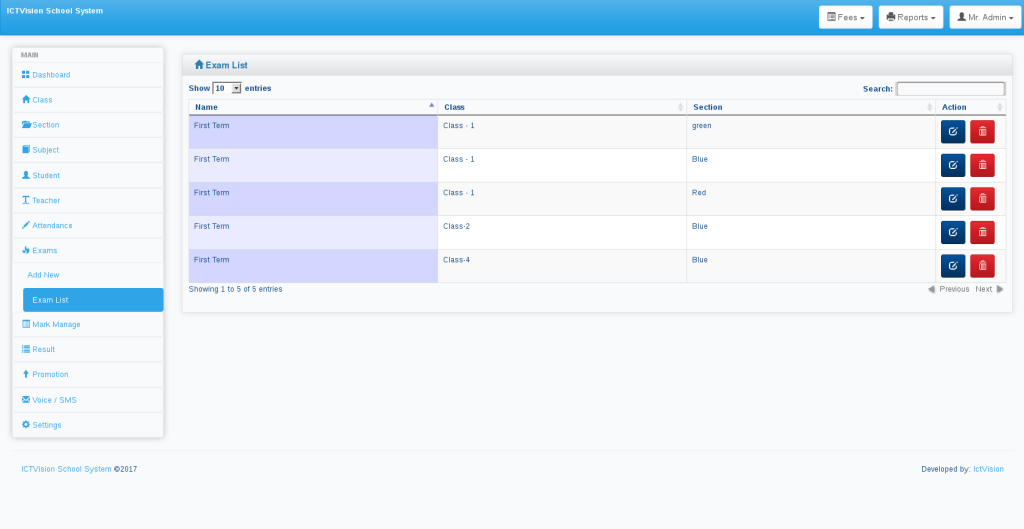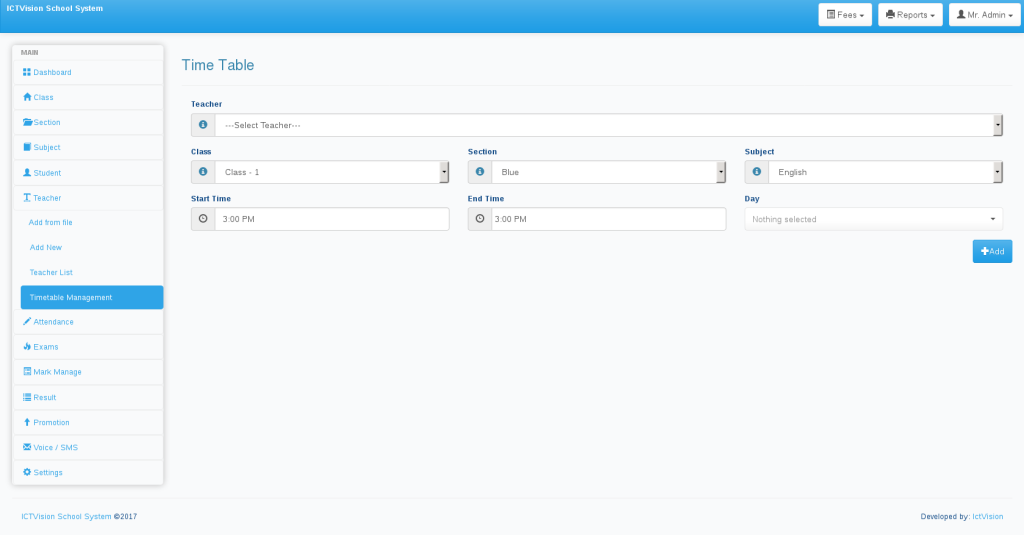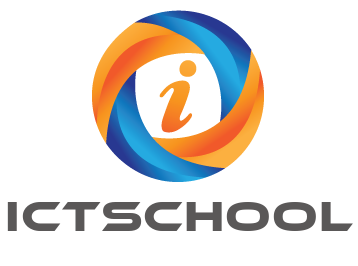Education is no longer confined to blackboards, attendance registers, and stacks of paper records. In today’s digital-first world, schools face the growing challenge of managing academics, administration, communication, and resources efficiently. This is where school management software steps in as a game-changer, transforming traditional school operations into a streamlined, data-driven ecosystem.
But not all school management solutions are equal. While proprietary software has long been an option, institutions across the globe are increasingly turning toward open source school management software as the smarter, more sustainable choice. Why? Because it offers affordability, flexibility, customization, and long-term reliability—qualities that modern schools need more than ever.
In this article, we’ll explore in detail why open source school management software is the ultimate choice for modern schools, diving into its benefits, features, and future trends.
Understanding School Management Software
At its core, school management software is a digital solution that helps schools handle day-to-day tasks. From automating attendance and managing student records to streamlining communication between teachers and parents, these systems act as the backbone of modern educational institutions.
Traditional school administration involves manual record-keeping, repetitive paperwork, and scattered communication channels. This leads to inefficiencies, errors, and delays. A well-designed school management software solves these challenges by providing:
- Centralized data management
- Easy access to student and staff records
- Automation of administrative tasks
- Transparent communication channels
- Advanced reporting and analytics
In short, it bridges the gap between education and technology, enabling schools to focus more on teaching and learning rather than administrative bottlenecks.
The Rise of Open Source School Management Software
Now that we understand the role of school management systems, let’s talk about why open source school management software is attracting so much attention.
Open source means the software’s source code is publicly available. Developers, institutions, or even individuals can modify, improve, and customize the solution as per their needs. Unlike proprietary software, which often comes with licensing fees and rigid structures, open source provides freedom and flexibility.
Many modern schools are adopting open source school management software for reasons such as:
- Cost-effectiveness: No hefty licensing fees.
- Customization: Tailor the software according to the unique needs of the institution.
- Community Support: Benefit from continuous improvements made by global developers.
- Transparency: Schools can see how the system works internally, ensuring trust.
This rise is not just a passing trend; it’s a sustainable shift in how education technology is being adopted globally.
Why Modern Schools Need Open Source School Management Software
1. Affordability Without Compromising Quality
Education budgets are often tight, especially in public and community schools. Proprietary software can be expensive due to licensing, subscription fees, and hidden costs. Open source school management software eliminates these expenses, making it accessible to schools of all sizes without compromising on quality.
2. Customization and Flexibility
Every school has its unique requirements. A small private school might need strong parent-teacher communication tools, while a university might prioritize exam management and library systems. Open source solutions allow schools to customize modules instead of being stuck with a one-size-fits-all system.
3. Scalability for Future Growth
Modern schools are dynamic—they expand classes, add new programs, and increase student intake. Open source solutions are inherently scalable, ensuring that the system grows with the institution without the need for complete replacements.
4. Data Security and Transparency
Education involves sensitive data like students’ personal details, grades, and financial information. Proprietary vendors may lock data into closed systems. Open source software provides full transparency in data handling, giving schools control over storage, security, and compliance.
5. Community-Driven Innovation
Unlike closed software, open source projects benefit from active developer communities. This means constant innovation, bug fixes, and feature enhancements—often faster than commercial products. Schools can tap into a global knowledge base while tailoring the solution locally.
Core Features of Open Source School Management Software
Modern open source school management software is not just about digitizing records; it’s about providing a holistic digital ecosystem for schools. Here are some features commonly offered:
- Student Information System (SIS)
- Centralized student profiles
- Academic history tracking
- Attendance records
- Fee and Finance Management
- Online payment gateways
- Automated invoices and reminders
- Transparent financial reports
- Examination and Gradebook
- Exam scheduling
- Digital grading systems
- Progress reports are accessible to parents

- Timetable and Scheduling
- Automated class schedules
- Teacher allocation management
- Conflict-free planning

- Communication Tools
- Parent-teacher portals
- Messaging and notifications
- Announcements and circulars
- Learning Management Integration
- E-learning support
- Online assignments and assessments
- Resource sharing between teachers and students
- Library and Inventory Management
- Book cataloging and tracking
- Resource allocation
- Asset management for school infrastructure
Benefits of Choosing Open Source Over Proprietary
When schools weigh options between traditional proprietary systems and open source school management software, the benefits of open source stand out:
- Cost Savings: No recurring licensing costs.
- Ownership: Schools own their data and system, not a third-party vendor.
- Flexibility: Full control to add/remove modules.
- Sustainability: Long-term solution without vendor lock-in.
- Community Support: Access to global expertise, forums, and developer networks.
Case Studies: How Schools Benefit from Open Source
Case Study 1: A Public School in Rural Areas
A government school in a rural area with limited funding adopted open source school management software. With minimal investment, they digitized student records, automated attendance, and introduced parent SMS alerts—something that would have been too costly with proprietary systems.
Case Study 2: A Private International School
An international school offering multiple curricula customized its open source system to support different grading patterns, timetables, and language preferences. Proprietary systems couldn’t accommodate such unique requirements without heavy customization fees.
Case Study 3: Higher Education Institute
A university adopted an open source system that integrated with its e-learning platform and library management system. The flexibility of open source allowed them to add new features without waiting for vendor updates.
Challenges and How to Overcome Them
While open source school management software offers immense benefits, it does come with challenges:
- Technical Expertise Needed
- Schools may need IT staff to set up and maintain the system.
- Solution: Partner with open source service providers or train internal staff.
- Initial Setup Time
- Customizing the software can take time.
- Solution: Start with essential modules and scale gradually.
- Support and Training
- Unlike paid vendors, support may not be centralized.
- Solution: Use community forums, online documentation, and professional consultants.
Conclusion
The education sector is rapidly embracing digital transformation, and school management software is at the heart of this change. While proprietary solutions offer some advantages, open source school management software stands out as the ultimate choice for modern schools—delivering affordability, flexibility, scalability, and transparency.
By adopting open source solutions, schools not only empower themselves with cutting-edge technology but also invest in a sustainable, future-ready system that grows with them. Whether it’s a small community school or a large international institution, the benefits are undeniable: open source is the smarter way forward.
In the end, the question is not whether schools need school management software—it’s whether they can afford not to go open source.
